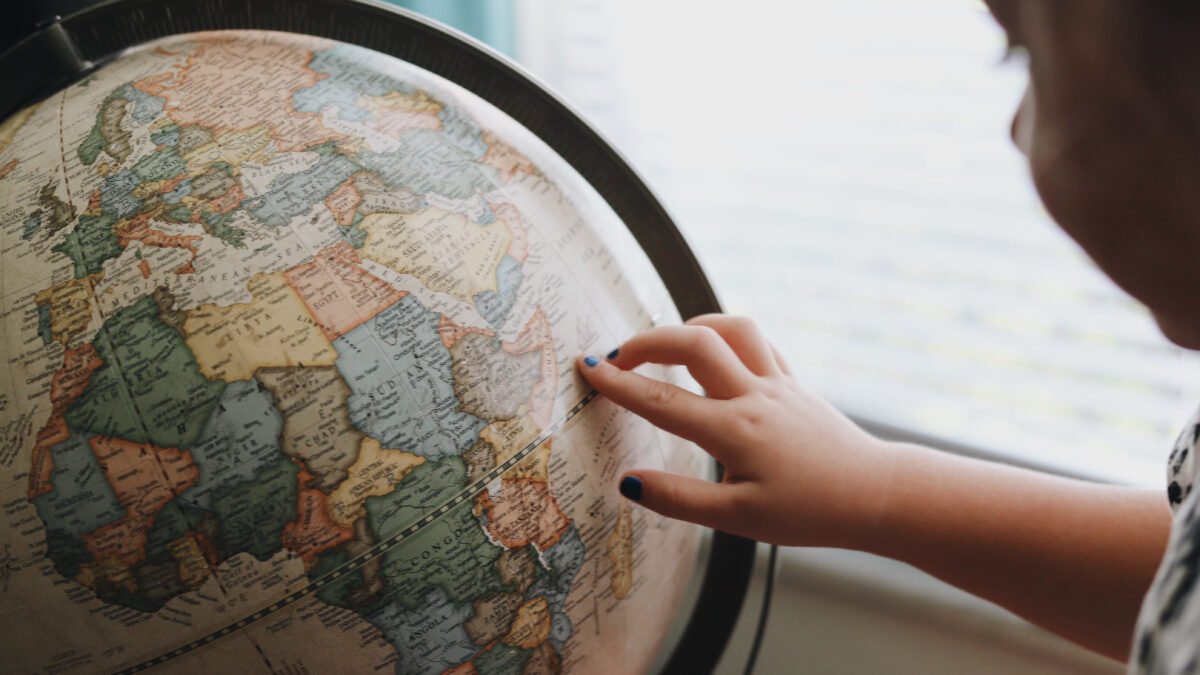A Brief History of Globes
Ever since we learned that the Earth is round and not, in fact, flat, as many civilisations had thought, we began attempting to plot out the spherical nature of our world and everything it consists of, using what is known as a terrestrial globe. The name ‘terrestrial globe’ comes from the Latin word ‘terra’ meaning Earth, land or territory which is fitting, as globes are simply a miniature version of what we understand to be the planet on which we live. Let’s learn more about these amazing items and how they have shaped our history.
What is the study and creation of maps and globes called?
The study and creation of maps and globes is referred to as cartography and is a seriously technical art to learn and master.
Cartography is very closely aligned with geography, science and mathematics as it utilises all three of those skills and more.
Early on, when we didn’t know as much as we do know about the world around us, cartographers would take a more artistic approach to their map and globe creation, as opposed to the highly factual approach we take today, simply because they didn’t have the information we do now.

When was the first globe map created?
Honestly, the creation of the first globe must sit in part with both Pythagoras and Aristotle of old school geometry and astronomy fame for deducing and pushing the point that the world is, in fact, round.
Many sources point to the Greek philosopher Crates of Mallus as the very first creator of a terrestrial globe at around 150 BC. Though it has been lost to the ages, we look back at the works of the 1st Century BCE writer Strabo who referred to Crates map as having a spherical surface to know that he was definitely onto something.
Then, in 1492, around the same time Columbus was sailing around the world, the Erdapfel (translated to ‘Earth Apple’) was brought to life by the German geographer and explorer Martin Behaim, with the artistic abilities of Georg Glockendon to paint on the different known features of the world (minus North America, South America, Australia and Antarctica because they were yet to be discovered). The most amazing part? This very first modern terrestrial globe, the Erdapfel, is still with us today (after many restorations), remaining at the German National Museum.
What importance have terrestrial globes played throughout history?
Terrestrial globes have played a huge importance in exploration, travel and geographical knowledge throughout the ages.
Many historians, explorers and other clever minds of old have discovered a range of amazing, world changing facts and information simply by studying and creating terrestrial globes.
They are also critical in children’s learning throughout school, allowing them to understand where they live in comparison to other countries, point out where historical world events have occurred and becoming familiar with the shape of the earth and its position in regard to other celestial bodies in our universe, when used in conjunction with other planetary models.
The fact that we can so accurately recreate a miniature version of our home planet is absolutely astounding, and now we have many years of technological advances to look forward to where we can see just how much further we can take the art of globe making in a digital sense.
No matter how far tech takes us though, our hearts will always be with the good old fashioned terrestrial globe of our childhoods.
